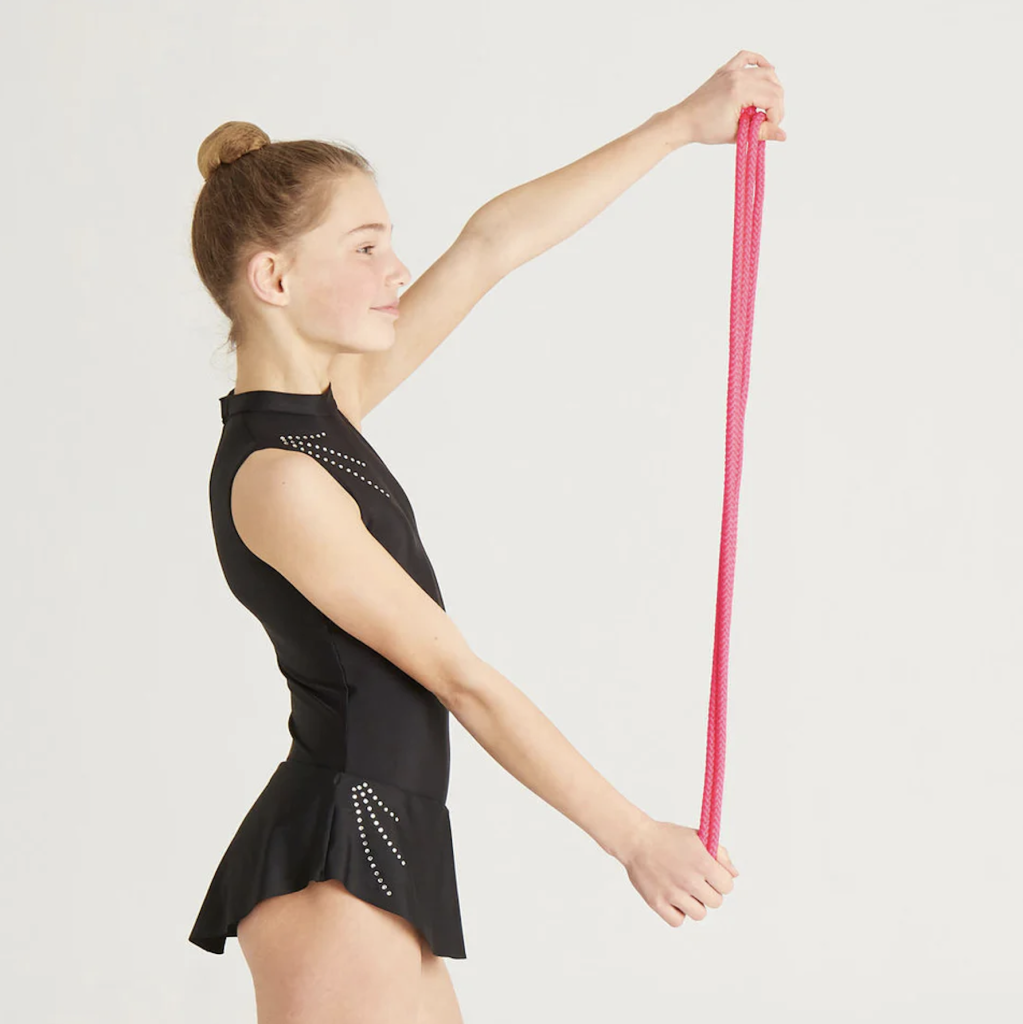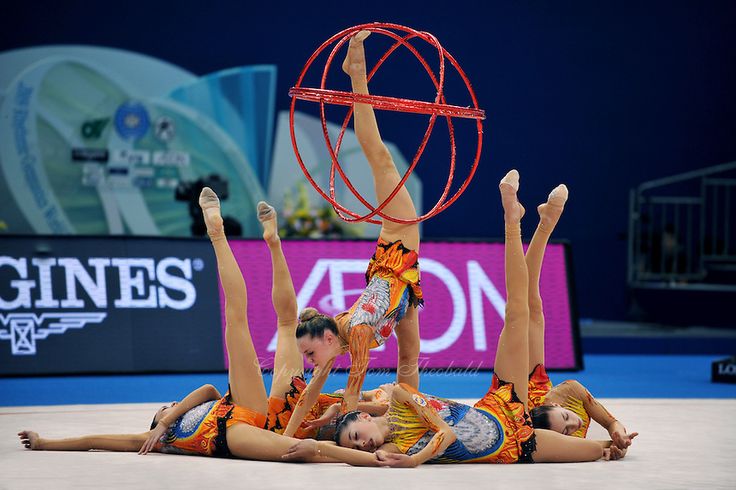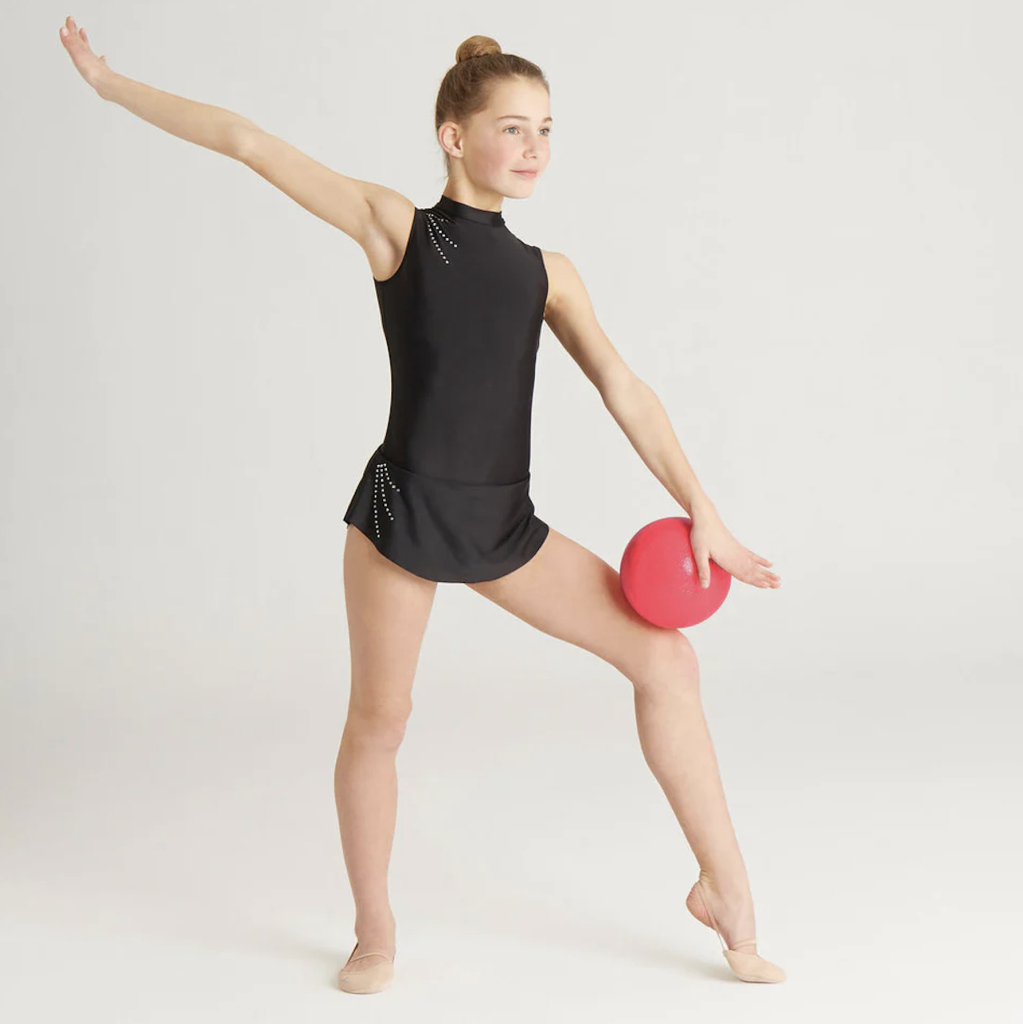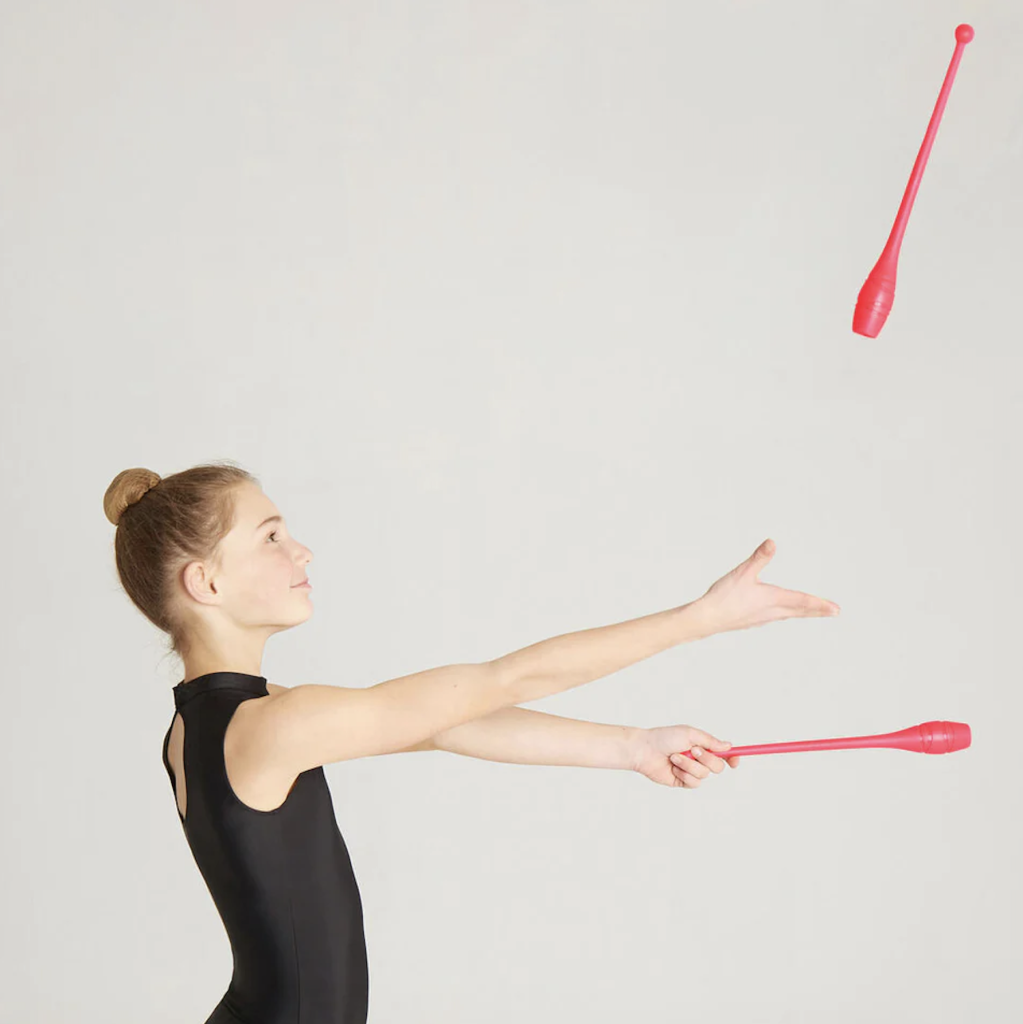"FIG Approved" and its significance in the world of sports.
Foundation History
On July 23, 1881, at the initiative of Nicholas Cupérus, the president of the Belgian Gymnastics Association, the European Gymnastics Association was founded at a congress in Liège, Belgium. It brought together representatives from three countries — Belgium, the Netherlands, and France.
Gradually, the geography of member countries expanded, and the European Gymnastics Association was reorganized into the International Gymnastics Federation (FIG).
As the oldest sports federation in the world, FIG develops regulations for performances that define the rules for evaluating gymnasts' performances.
Significance of the Presence of the Emblem
The FIG emblem indicates that the item is approved for artistic gymnastics — meaning it has specific size, weight, and dimensions recommended for this sport. At major domestic and international competitions, all items undergo mandatory control: they are weighed and measured. Specifically, the marking indicates to the judge that a particular item was created using the Federation's recommendations.
One of the main advantages of FIG approval is ensuring the safety of gymnasts. Items that have undergone necessary tests and checks comply with certain safety standards, helping to prevent possible injuries and accidents during training and competitions.
The "FIG Approved" emblem is a symbol of trust and quality standard, and its presence on items guarantees their suitability and compliance with the specifications established by FIG for artistic gymnastics. This contributes to the progress and development of the sport, as well as ensures the safety and fair assessment of performances for all participants.
How to Know if an Item has Received FIG?
All items for artistic gymnastics certified by the International Gymnastics Federation (FIG) must have the "FIG Approved" logo.
Features of SASAKI Models
All FIG-approved SASAKI products have a model name ending in "-F". For example, the ball "M-207M-F" will be FIG certified, while the ball "M-21C" will not. The ribbon "MJ-715-F" is FIG approved, while the ribbon "M-714" is not. This is what the letter "-F" at the end of the SASAKI model name means.
When purchasing an item, check for the presence of "-F" at the end of the SASAKI model name if you plan to compete in international competitions.
This translation has been carefully reviewed for accuracy and errors.
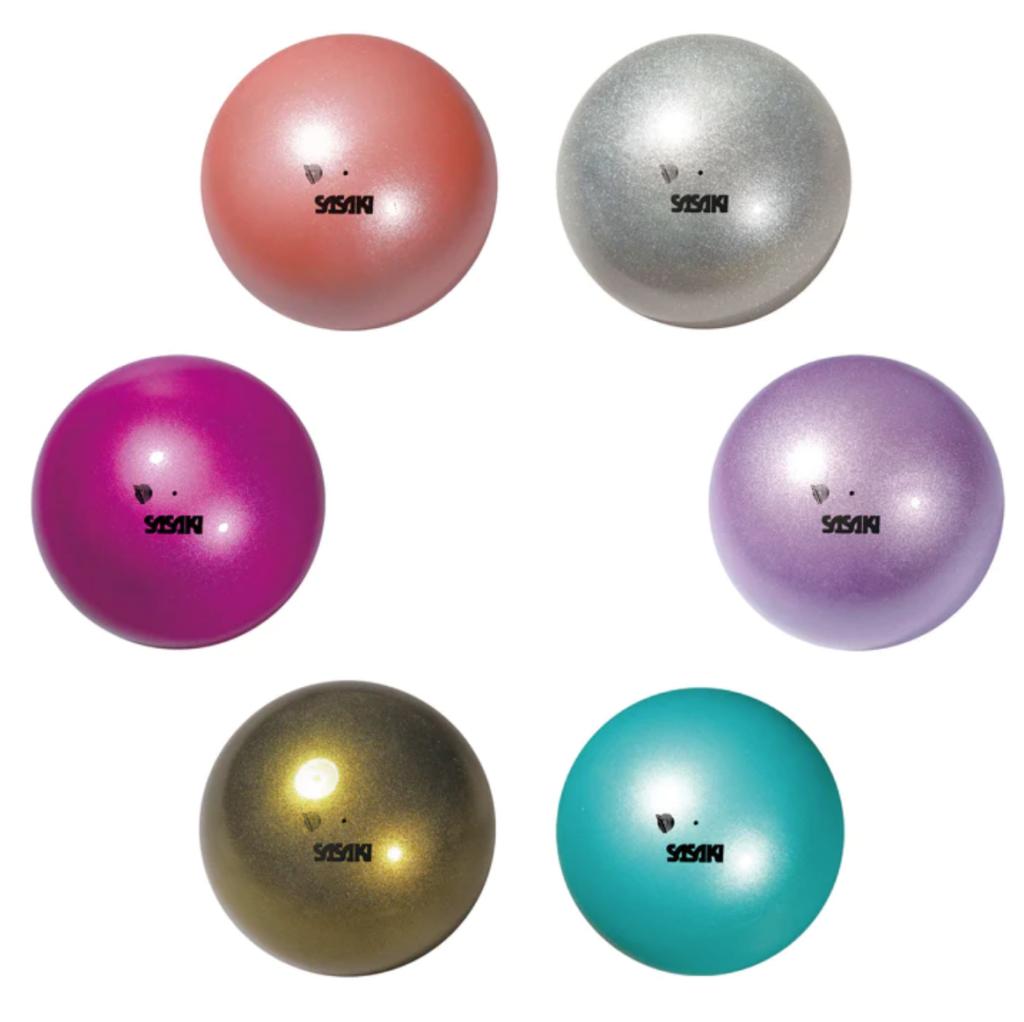
FIG REQUIREMENTS FOR ARTISTIC GYMNASTICS EQUIPMENT
BALL:
- Material: rubber or soft plastic.
- Weight: minimum 400 g.
- Diameter: 18 ~ 20 cm for seniors and juniors.
- Color: optional, but bright colors are preferred
.
CLUBS:
- Material: rubber or plastic.
- Length: 40 ~ 50 cm for seniors and juniors.
- Weight (unpackaged): minimum 150 g per club.
- Shape: Bottle shape Head diameter: maximum 30 mm.
- Color: optional, but bright colors are preferred.
- When wrapped, the "FIG approved" logo must remain visible.
- The head of the club must be securely attached.
- Material: polyethylene or other synthetic material.
- Weight (unpackaged): minimum 300 g for seniors and 260 g for juniors.
- Inner diameter: 80 ~ 90 cm for seniors and 70 ~ 90 cm for juniors.
- Color: optional, but bright colors are preferred.
- When wrapped, the "FIG approved" logo must remain visible.
HOOP:
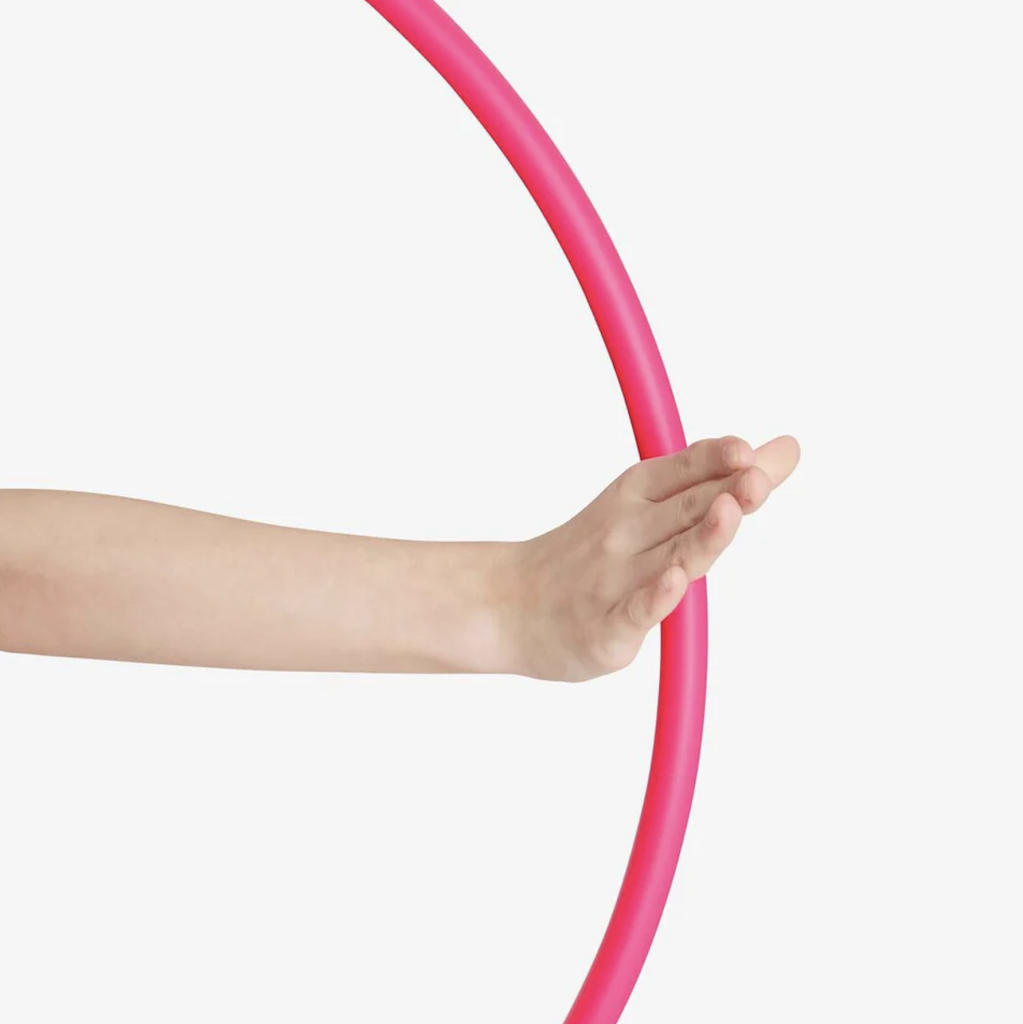
- Material: satin or similar.
- Total length: minimum 6m for seniors and 5m for juniors.
- Weight (without stick): minimum 35 g for seniors, 30 g for juniors.
- Width: 4 ~ 6 cm. Color: optional, but bright colors are preferred.
- There should be two FIG-approved logos: one at the beginning and the other at the end of the ribbon.
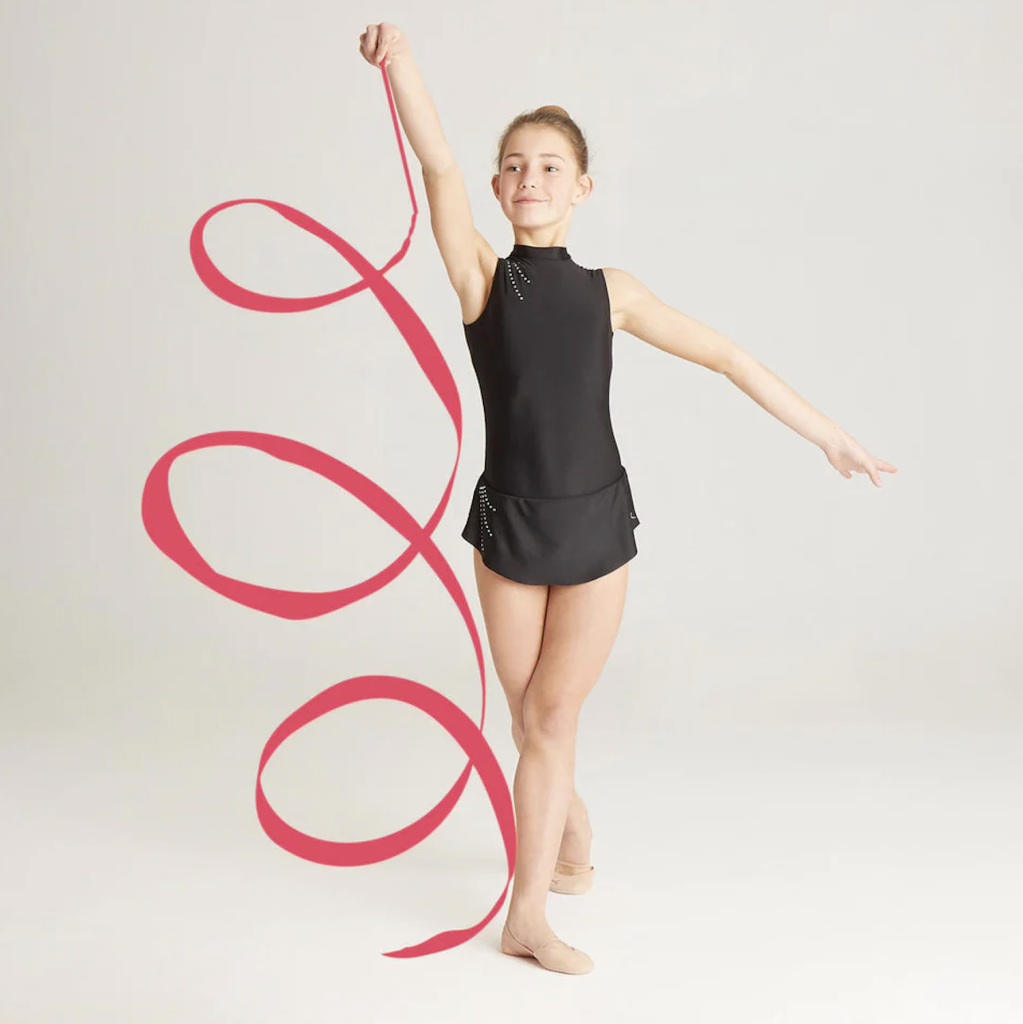
RIBBON STICK:
- Material: fiberglass, aluminum, or synthetic material.
- Length: 50 ~ 60 cm.
- Diameter: maximum 10 mm at the widest point.
- Shape: cylindrical or conical.
- A handle with a length of no more than 10 cm may have a grip made of non-slip material.
- Color: optional, but bright colors are preferred.
- For attachment (swivel):
- Material: cord, nylon thread, or similar, or a movable metal ring.
- Length: maximum 70 mm.
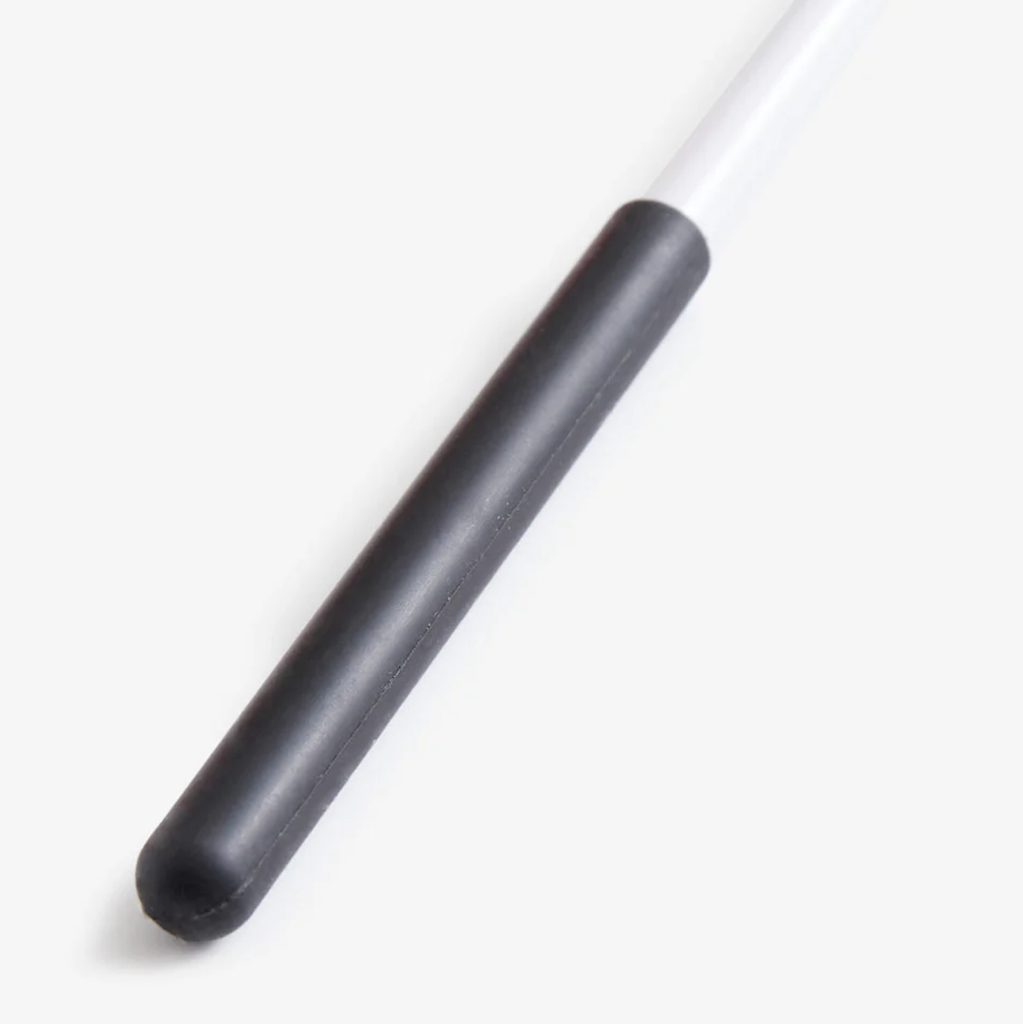
JUMP ROPE:
- Material: nylon, polyester, or similar.
- Length: optional for both seniors and juniors.
- Thickness: uniform or reinforced in the center.
- Shape: both ends may have knots or be without them with no handles.
- Color: optional, but bright colors are preferred
